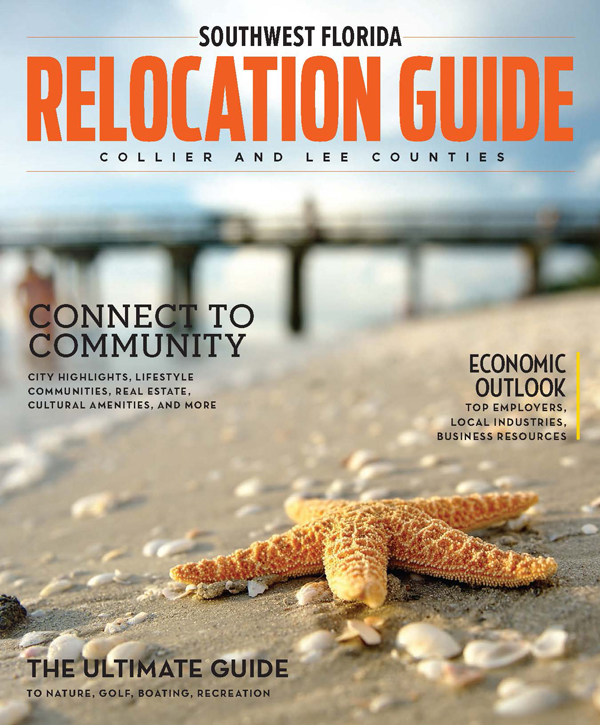
To newcomers, Southwest Florida’s topography might seem flat and unchanging, but don’t let its subtleties fool you. Changes in elevation coupled with rainfall create distinct habitats that are home to a web of life for native wildlife, birds, insects, plants and trees, fish, and reptiles. You are likely quite familiar with the beach and coastal areas, so here’s a primer on the other types of habitats you will encounter as you explore these sometimes hardy, and sometimes fragile, lands.
Pine Uplands: This habitat is high in elevation, at least for Southwest Florida. A few inches in elevation can make a big difference, and this elevation allows for pine forests, high and dry areas dominated by needle-leafed slash pine. The trees get their name from the early settlers who “slashed” the bark of the pines and collected their sap to make turpentine and rosins. These habitats provide homes for a range of species, including humans.
Hardwood Hammocks: Tropical hardwood hammocks are found along both coasts of South Florida, and throughout the Everglades and Florida Keys. Hammocks are also called tree islands because they rise from wet, low-lying areas. Oaks, sweetgum, hickories—more than 120 species of tropical plants—provide cool and shady spots refuge for deer and other wildlife during hot summer months.
Cypress Swamps: These swamps experience seasonal changes in water levels that fluctuate during wet and dry months. Elevations determine hydroperiods—how long soils are saturated or flooded. Many species have adapted to live in this variable habitat, such as the predominant cypress tree. Their knees (above-ground extensions of their roots) and their buttresses (wide fluted bases) provide stability in the soft organic soils and increase surface area for gas exchange. Cypress trees are deciduous conifers; they lose all their needles in the fall and winter.
Mangrove Forests: Mangroves play a unique and important role in Southwest Florida’s ecosystem puzzle. Red mangroves ring coastal estuaries. Their intricate root systems act as a nursery for many small fish, crustaceans, shellfish, and other forms of sea life during their early stages of life. They also provide shade, nutrients, and protection for land creatures and protect the coastline from erosion by breaking up the energy and impact of storm-driven waves.
Sawgrass Marshes: These grassy, freshwater wetlands allow for water to move from north to south, making its way from Lake Okeechobee into Florida Bay. Various grasses and sedges grow in these important habitats for amphibians. Sawgrass is a sedge with “teeth” lining the edges of its leaves. Marshes provide a protected haven for alligators, otters, apple snails, dragonflies, and wading birds to nest and raise their young.
Open-water Sloughs: Sloughs (pronounced SLOOs) are deep marsh habitats that are slow-moving paths of freshwater utilized by many species, sometimes as a travel corridor. This environment is active with wildlife during the dry season because it remains wet year-round. Sloughs shed floodwaters and improve the quality of the water as it makes its way into the estuaries in the Gulf of Mexico and Florida Bay.
By Conservancy of Southwest Florida








Facebook Comments